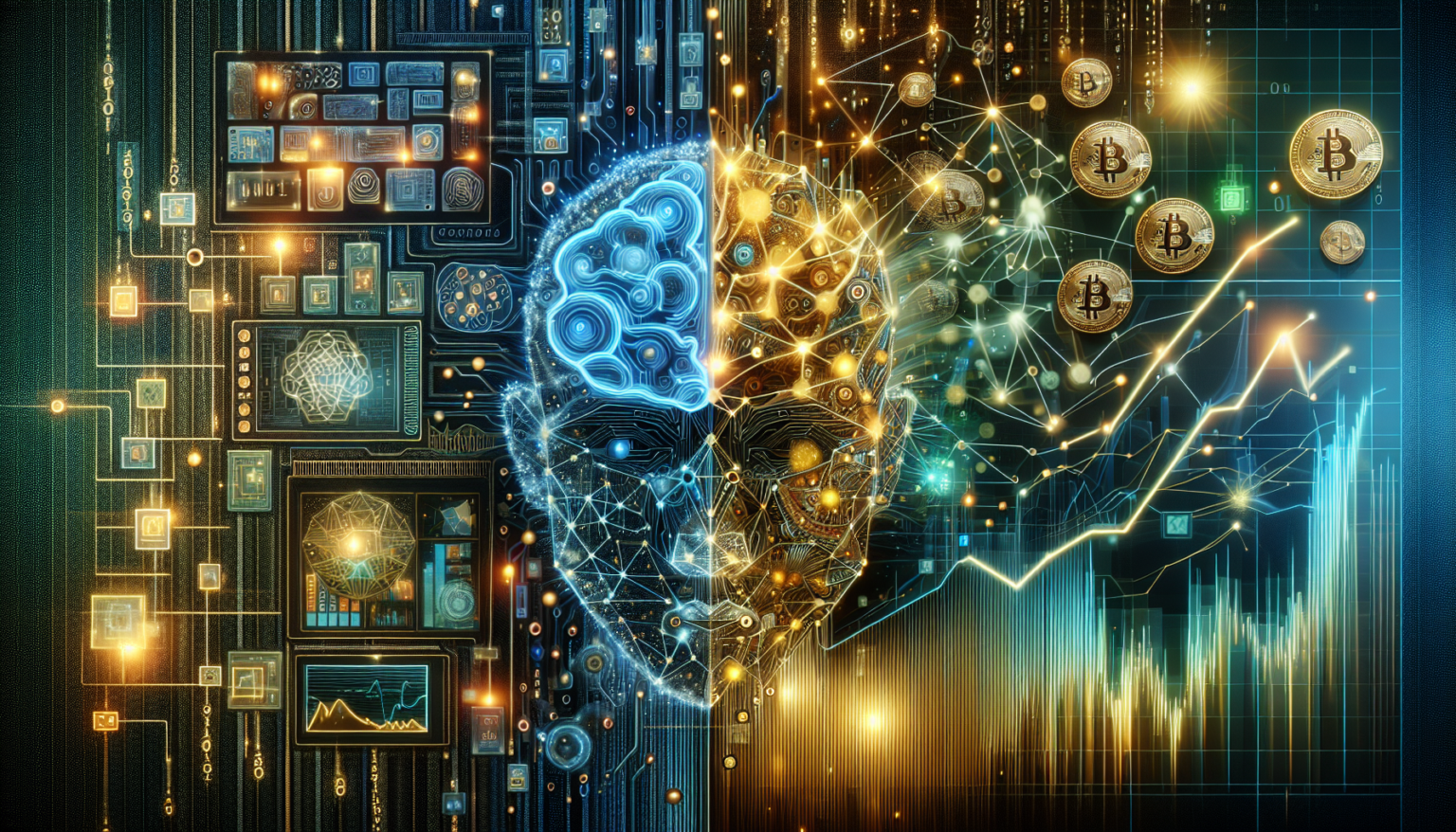Understanding Machine Learning in Crypto Trading
What is Machine Learning?
Machine learning is a subset of artificial intelligence (AI) that focuses on the development of algorithms that can learn from and make predictions based on data. In the context of crypto trading, machine learning models analyze vast amounts of historical and real-time data to make informed trading decisions. By identifying patterns and trends, these models help traders maximize profits and minimize risks.
Why Crypto Trading is Ideal for Machine Learning
Crypto markets are characterized by their volatility, high trading volumes, and rich datasets. Unlike traditional markets, cryptocurrencies operate 24/7, providing continuous streams of data. This environment is perfect for machine learning models, which require lots of information to find patterns and make accurate predictions.
The Role of Data in Machine Learning Models
Data Collection
In crypto trading, the type of data collected is crucial. Traders and algorithms collect various data types, including price movements, trading volumes, market sentiment, and even social media trends. This data serves as the foundation for training machine learning models.
Types of Data
Different types of data can enhance the effectiveness of machine learning in trading:
– **Price Data**: Historical price data aids in predicting future price movements.
– **Volume Data**: Understanding trading volume helps identify trends and market strength.
– **Sentiment Data**: Analyzing social media and news outlets can provide insights into market sentiment.
Data Preprocessing
Once data is collected, it needs to be cleaned and processed. This step involves handling missing values, normalizing data, and transforming it into a suitable format for analysis. Proper data preprocessing is essential, as it directly impacts the model’s ability to learn effectively.
Machine Learning Techniques Used in Crypto Trading
Supervised Learning
Supervised learning algorithms are trained using labeled datasets. In crypto trading, these models can predict future price movements based on historical data. Techniques such as regression analysis and decision trees fall under this category.
Regression Models
These models help forecast price changes based on historical trends. By analyzing past price movements, a regression model can predict whether a currency is likely to increase or decrease in value.
Decision Trees
Decision trees make trading decisions based on a series of conditions. For instance, if the price of Bitcoin crosses a certain threshold, the model might recommend buying or selling the asset.
Unsupervised Learning
Unsupervised learning algorithms identify patterns in data without prior labeling. Clustering, for instance, can group similar cryptocurrencies, helping traders identify opportunities or correlations between different assets.
Clustering Techniques
Algorithms like K-means can be used to group cryptocurrencies with similar price behaviors, allowing traders to spot trends that might not be immediately obvious.
Reinforcement Learning
Reinforcement learning focuses on teaching models to make decisions based on trial and error. In crypto trading, an agent learns to maximize rewards, such as profits, by buying and selling assets under different market conditions.
Building Trading Bots
Reinforcement learning is particularly useful for developing trading bots that adapt to changing market conditions, continuously optimizing their trading strategies based on past experiences.
The Impact of Machine Learning on Trading Strategies
Algorithmic Trading
Machine learning has significantly influenced algorithmic trading, where traders use bots to execute orders at lightning speed. These bots utilize machine learning models to analyze data and execute trades, capitalizing on small price movements before human traders can react.
High-Frequency Trading
High-frequency trading (HFT) involves executing numerous trades in milliseconds. Machine learning algorithms enable HFT strategies by predicting short-term price movements, allowing traders to make profits on minuscule price fluctuations.
Sentiment Analysis
With machine learning, traders are now equipped to assess market sentiment by analyzing social media posts, forum discussions, and news articles. Models trained in natural language processing can gauge public sentiment toward specific cryptocurrencies, assisting traders in making informed decisions.
Anomaly Detection
This point refers to recognizing unusual spikes in social media engagement or price movements. By detecting anomalies, traders can identify upcoming trends or potential market manipulations.
The Challenges of Implementing Machine Learning in Crypto Trading
Data Quality and Availability
While the abundance of data in the crypto space is a boon, not all data is of high quality. Garbage-in-garbage-out (GIGO) principles apply here; if the data fed into the machine learning model is flawed, the output will be inaccurate. Consequently, traders need to focus on collecting reliable and relevant data.
Market Volatility
The crypto market is notoriously volatile, which can pose challenges for machine learning algorithms. Predictive models must adapt quickly to changes in market conditions, and if they fail to do so, they might lead to significant losses.
Overfitting
Overfitting occurs when a model learns to perform exceptionally well on training data but fails to generalize to new, unseen data. In crypto trading, this could lead to poor performance in real markets, highlighting the importance of regular model evaluation and tuning.
Future Trends in Machine Learning and Crypto Trading
Integration of AI with Blockchain
As technology evolves, the integration of AI and blockchain is likely to become more common. This partnership could enhance data security and transparency, allowing for more sophisticated machine learning models that provide even more reliable trading insights.
Decentralized Finance (DeFi)
The rise of DeFi platforms offers new opportunities for machine learning applications in trading. With decentralized exchanges and smart contracts, machine learning can optimize liquidity, automate processes, and enhance trading strategies.
Enhanced User Experience
With the continuous advancement of machine learning, personalized trading experiences will become more prevalent. Traders can expect tailored recommendations and alerts based on their trading history and preferences, facilitating more effective decision-making.
Conclusion of Technology Integration
As machine learning becomes more integrated into the crypto trading landscape, traders who understand and leverage these technologies will have a distinct advantage. The potential for profits is vast, but so are the complexities involved. Understanding how machine learning can be applied to crypto trading will be essential for navigating this ever-evolving market successfully.








